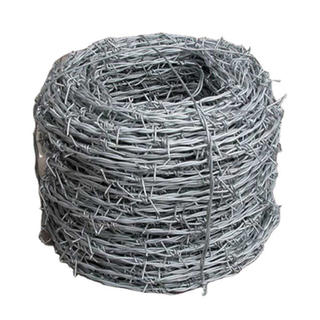Oct . 16, 2024 19:12 Back to list
China's Deformed Steel Bars Industry and Its Global Impact and Trends
The Evolution and Importance of Deformed Steel Bars in China
Deformed steel bars, also known as rebar, are critical materials used in the construction industry. In China, these products have seen significant advancements and innovations over the years, reflecting the country’s rapid urbanization and extensive infrastructure development. As the demand for high-quality deformed steel bars continues to grow, it is important to understand their role, production processes, and implications for construction projects across China.
Understanding Deformed Steel Bars
Deformed steel bars are steel rods with surface patterns or deformations that enhance their bonding with concrete. This feature is vital in reinforcing concrete structures, providing necessary tensile strength and improving overall stability. They are typically made from carbon steel and are categorized according to specific standards set by organizations such as the Chinese National Standards (GB) and international specifications.
The unique patterns on the surface, which can include ribs or indentations, increase the mechanical interlock between the rebar and the concrete, preventing slippage and cracking. This makes deformed steel bars indispensable in a variety of construction applications, including buildings, bridges, roads, and other infrastructure projects.
The Production Process in China
China is one of the largest producers and consumers of deformed steel bars worldwide. The production process usually involves several steps
1. Raw Material Sourcing The primary raw material for producing deformed steel bars is scrap steel, which is melted down and purified. The sourcing of high-quality raw materials is crucial for ensuring the strength and durability of the finished product.
2. Manufacturing The melting process occurs in an electric arc furnace (EAF), where the scrap steel is melted at high temperatures. After melting, the molten steel is cast into billets, which are then reheated and rolled into the desired shape and size.
3. Deformation During the rolling process, the surface of the bars is mechanically deformed to create the characteristic patterns. This is a vital step that defines the strength and functional properties of the rebar.
china deformed steel bars china

4. Quality Control Strict quality control measures are implemented throughout the production process. These include testing for tensile strength, ductility, and adherence to national standards. Quality assurance is essential, as the safety of construction projects largely depends on the integrity of materials used.
5. Distribution After production, the deformed steel bars are cut to size, bundled, and shipped to construction sites or distributors. Given the scale of construction projects in China, efficient distribution channels are crucial to meet the high demand.
The Role of Deformed Steel Bars in China's Construction Industry
The importance of deformed steel bars cannot be overstated, especially in a country like China, where rapid urbanization has led to unprecedented growth in infrastructure and development. The construction sector has increasingly turned to high-strength and durable materials to improve safety and longevity in buildings and public works.
China's ambitious infrastructure plans, such as the Belt and Road Initiative, require significant quantities of reliable construction materials, and deformed steel bars play a central role in supporting these projects. The increasing emphasis on sustainable construction practices has also led to the production of recycled deformed steel bars, aligning with global trends towards eco-friendly building materials.
Future Trends and Challenges
Looking ahead, the deformed steel bar industry in China faces several challenges, including fluctuating prices of raw materials, competition from alternative materials, and environmental regulations. To remain competitive, manufacturers are investing in advanced technologies and cleaner production methods to enhance efficiency and reduce emissions.
Moreover, as the construction market evolves, there is a growing demand for innovative products tailored to specific applications, such as earthquake-resistant buildings or high-rise structures. Continued research and development in material science will be crucial for developing next-generation deformed steel bars that meet these evolving demands.
Conclusion
In summary, deformed steel bars are a vital component of China's construction industry, underpinning the country's expansion and modernization efforts. As the demand for robust, reliable materials continues to grow, the industry must adapt to new challenges and innovate to ensure sustainability and resilience in a rapidly changing environment. The future of deformed steel bars in China looks promising, reflecting both the country's ambitious infrastructure goals and a commitment to quality and safety in construction.
-
Your Galvanized Steel Fence Factory - Strong, Durable Solutions
NewsAug.22,2025
-
Welded Wire Mesh for Industry: Factory Direct & Custom Solutions
NewsAug.21,2025
-
Welded Wire Mesh for Industry | Factory Direct & Durable Solutions
NewsAug.19,2025
-
Chain Link Fence-Anping County Puersen Hardware Wire Mesh Co., Ltd.|Durable Security&Versatile Applications
NewsAug.18,2025
-
Glass Food Storage Jar with Screw Wooden Lid - Anping County Puersen|Heat-Resistant & BPA Free
NewsAug.18,2025
-
Glass Food Storage Jar with Screw Wooden Lid - Anping County Puersen Hardware Wire Mesh Products Co., Ltd
NewsAug.18,2025

